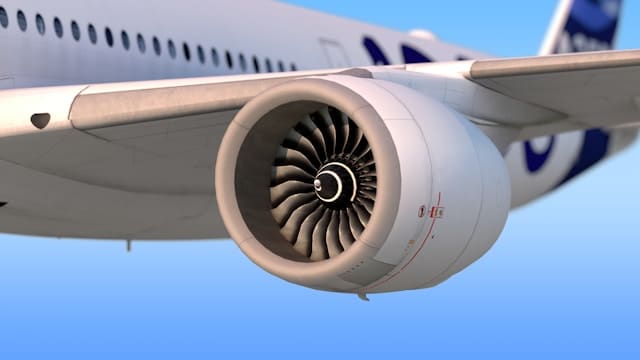Australia’s aviation industry plays a crucial role in connecting cities, supporting tourism, and enabling global trade. With expansive airspace, modern airports, and strong regulatory standards, the sector offers a range of rewarding career opportunities for individuals passionate about flight and travel.
Whether you’re considering becoming a pilot, working as cabin crew, or managing aircraft movements from the ground, this guide outlines the key pathways, qualifications, and salary expectations in Australia’s aviation industry. It also includes tips on training, licensing, and career development for 2025 and beyond.
Becoming a Pilot in Australia
A career as a pilot is a long-term commitment requiring formal training, licensing, and ongoing skill development. In Australia, aspiring pilots typically begin by completing a Commercial Pilot Licence (CPL) through a recognised flight training school. From there, pilots may progress to multi-engine or airline transport licences, depending on their career goals.
Training includes both ground school theory and practical flight hours. Entry requirements may vary, but most candidates need to be at least 18 years old and meet health and language proficiency standards. For a detailed overview, see: How to Become a Pilot in Australia: Requirements and Tips
Once licensed, pilots can pursue roles in regional airlines, charter services, freight operations, or major carriers. For salary expectations, read: Pilot Salary in Australia: A Career Overview
Other Aviation Careers: Cabin Crew and Air Traffic Control
Aviation extends beyond the cockpit. Flight attendants, or cabin crew, play a vital role in passenger safety and service. Training is often provided by airlines and includes customer service, emergency response, and aviation regulations. See Flight Attendant Salary in Australia: Insights for 2025 to learn more.
Another essential aviation role is air traffic control (ATC). These professionals coordinate aircraft movements to ensure safe distances between planes during takeoff, flight, and landing. ATC candidates undergo rigorous training through Airservices Australia and must pass aptitude assessments, technical coursework, and on-the-job simulations. Explore earnings and expectations here in our guide: Air Traffic Controller Salary in Australia: What to Expect.
Both roles require strong communication skills, situational awareness, and the ability to remain calm under pressure.
Aviation Industry Trends and Developments
As of 2025, the aviation industry is experiencing recovery and growth following years of global disruption. Increased demand for domestic and international travel is creating job opportunities across airlines, airports, and training institutions.
Key trends include:
-
Investment in sustainable aviation fuel and electric aircraft technology
-
Greater use of automation and digital systems in flight operations and air traffic control
-
Rising demand for regional pilots and flight instructors
-
Increased focus on safety, cybersecurity, and operational efficiency
-
Government and private sector funding for aviation training programs
These changes are influencing the types of skills and qualifications that employers seek, making continuous education an important part of aviation careers.
Getting Started in Aviation: What to Consider
If you’re interested in joining Australia’s aviation industry, here are some important steps to take:
-
Research different aviation roles and their training requirements
-
Assess the financial and time commitment for flight training or certification
-
Choose a CASA-approved training provider or aviation college
-
Prepare for entrance exams or aptitude tests, especially for ATC roles
-
Understand job market trends and where demand is growing
-
Explore scholarship options or government-backed training loans
-
Stay updated on industry changes through aviation news and associations
For more information on building a career in aviation, visit the Remitly Jobs Blog.
FAQ: Aviation in Australia
1. How long does it take to become a commercial pilot in Australia?
Training usually takes 12–24 months, depending on the program and flight hours completed.
2. What qualifications do I need to be a flight attendant?
Most airlines require a high school certificate, fluency in English, and completion of their internal training program.
3. Is there demand for air traffic controllers in Australia?
Yes. Airservices Australia recruits regularly, especially in response to air travel growth and regional expansion.
4. What is CASA, and why is it important?
CASA (Civil Aviation Safety Authority) is Australia’s aviation regulator. It oversees pilot licensing, safety standards, and training providers.
5. Can I train as a pilot in Australia and work overseas?
Yes, but you may need to convert your licence to meet another country’s aviation authority requirements.
